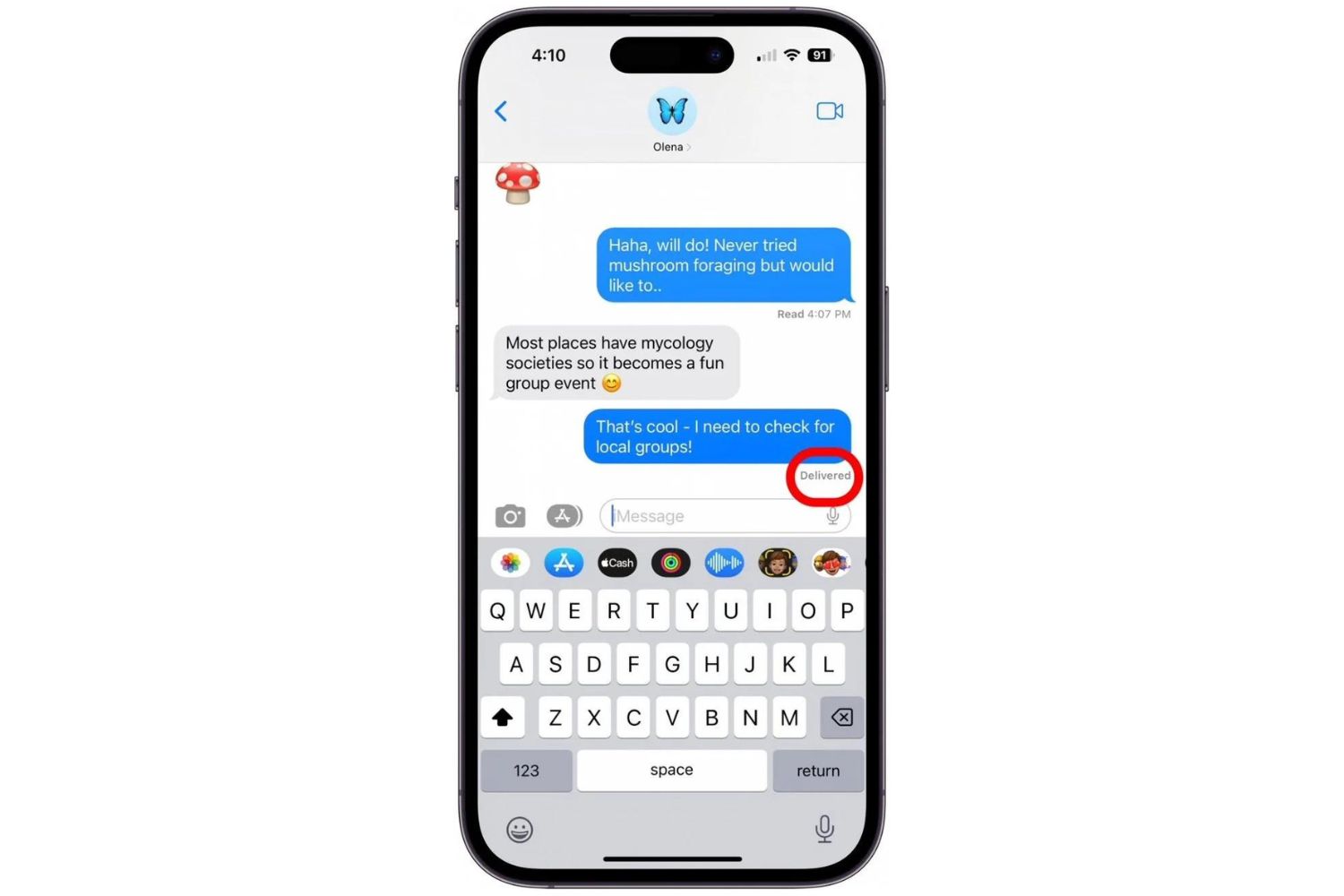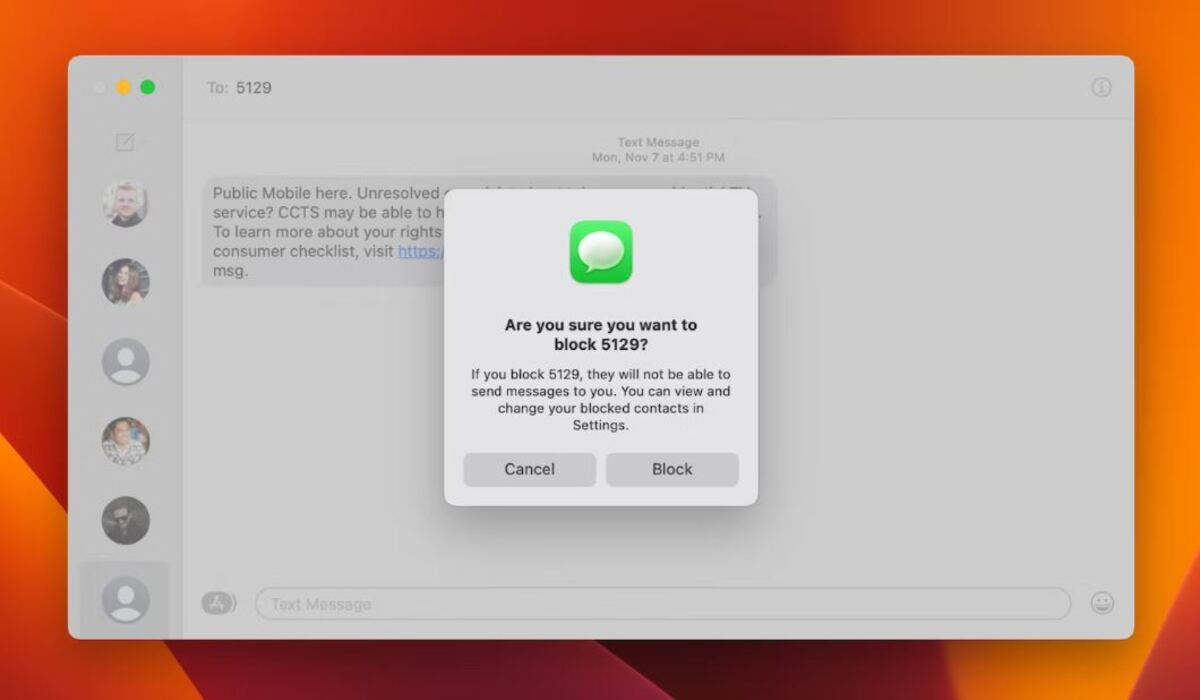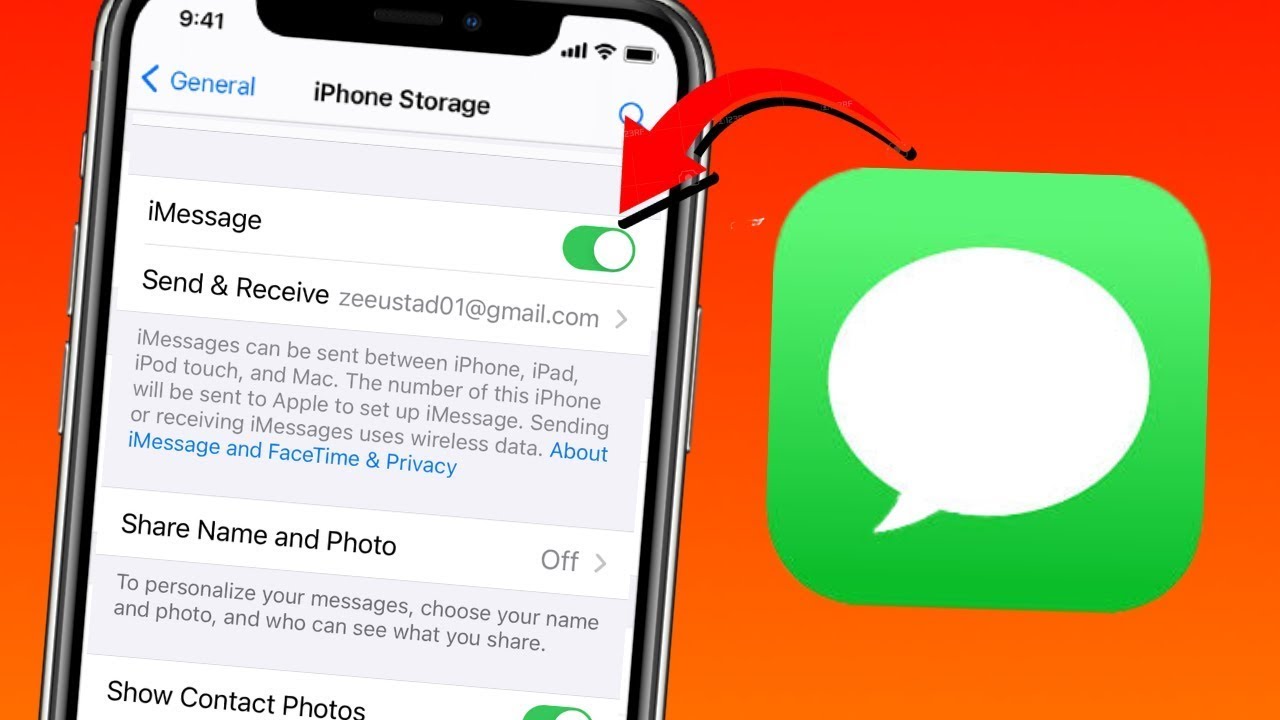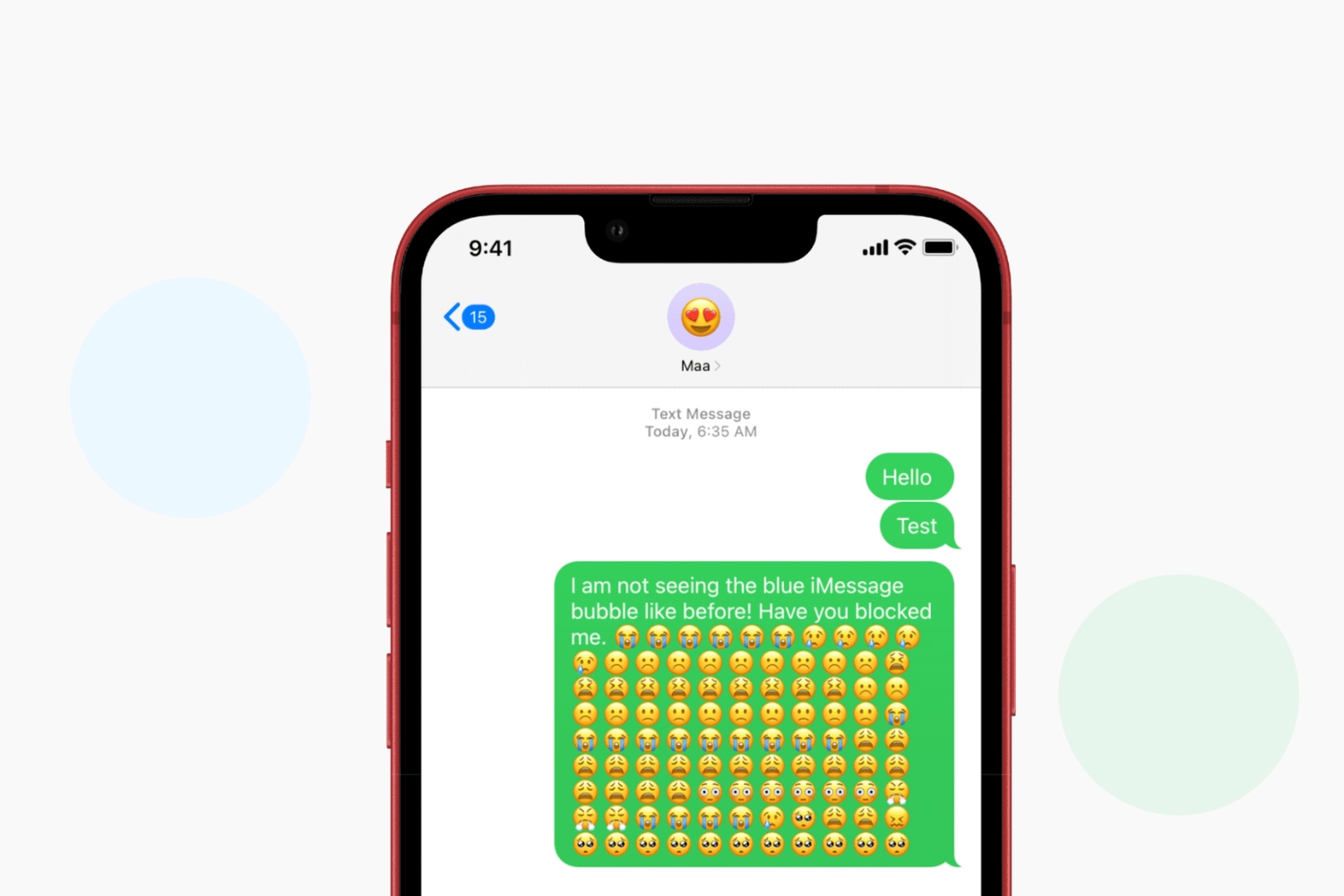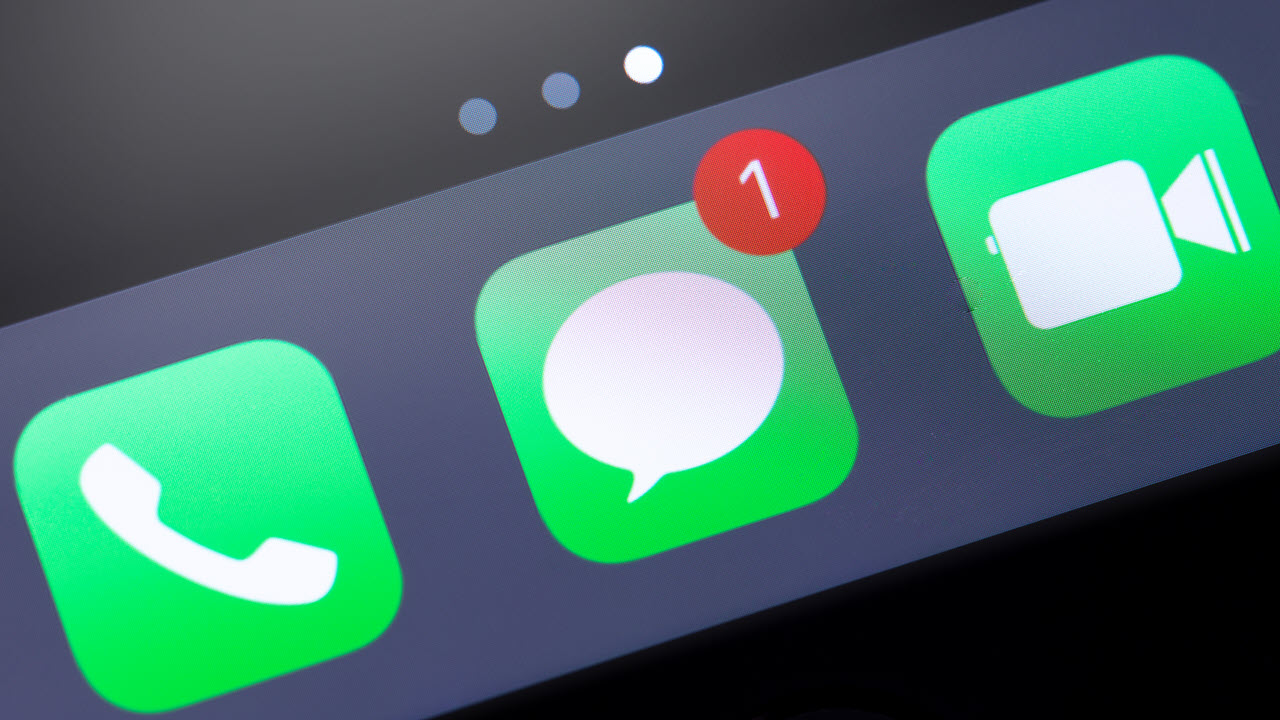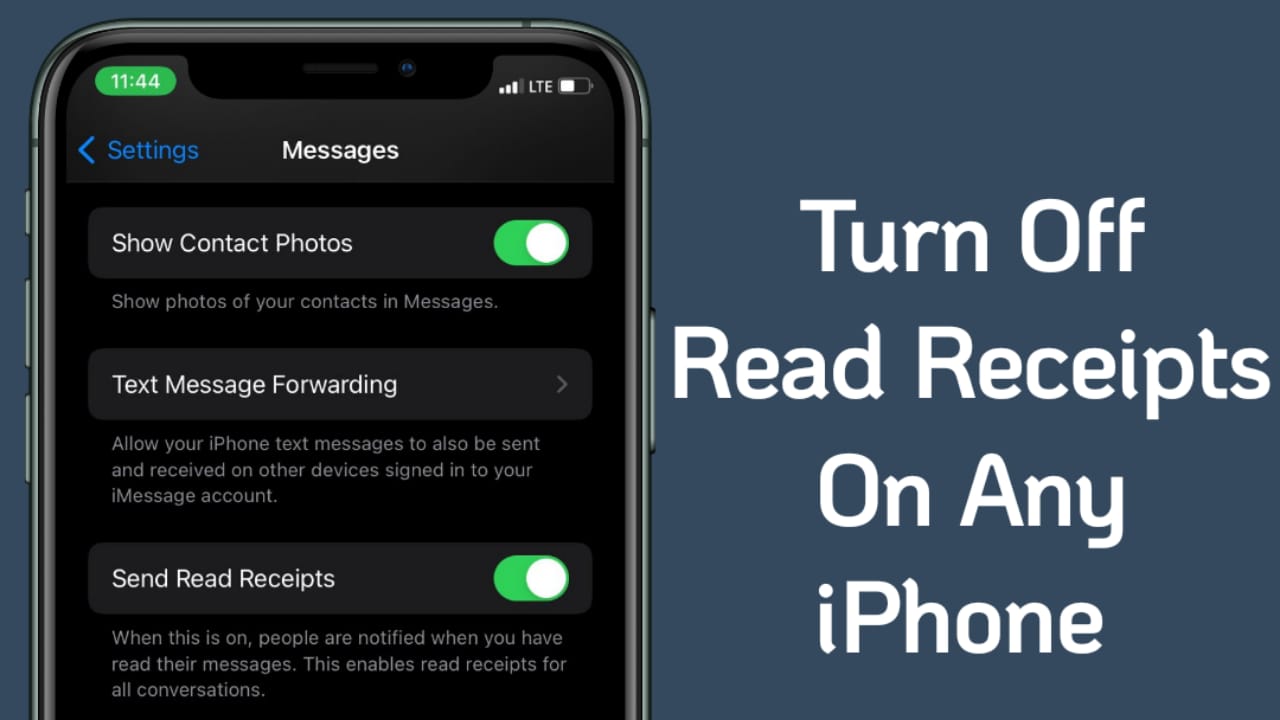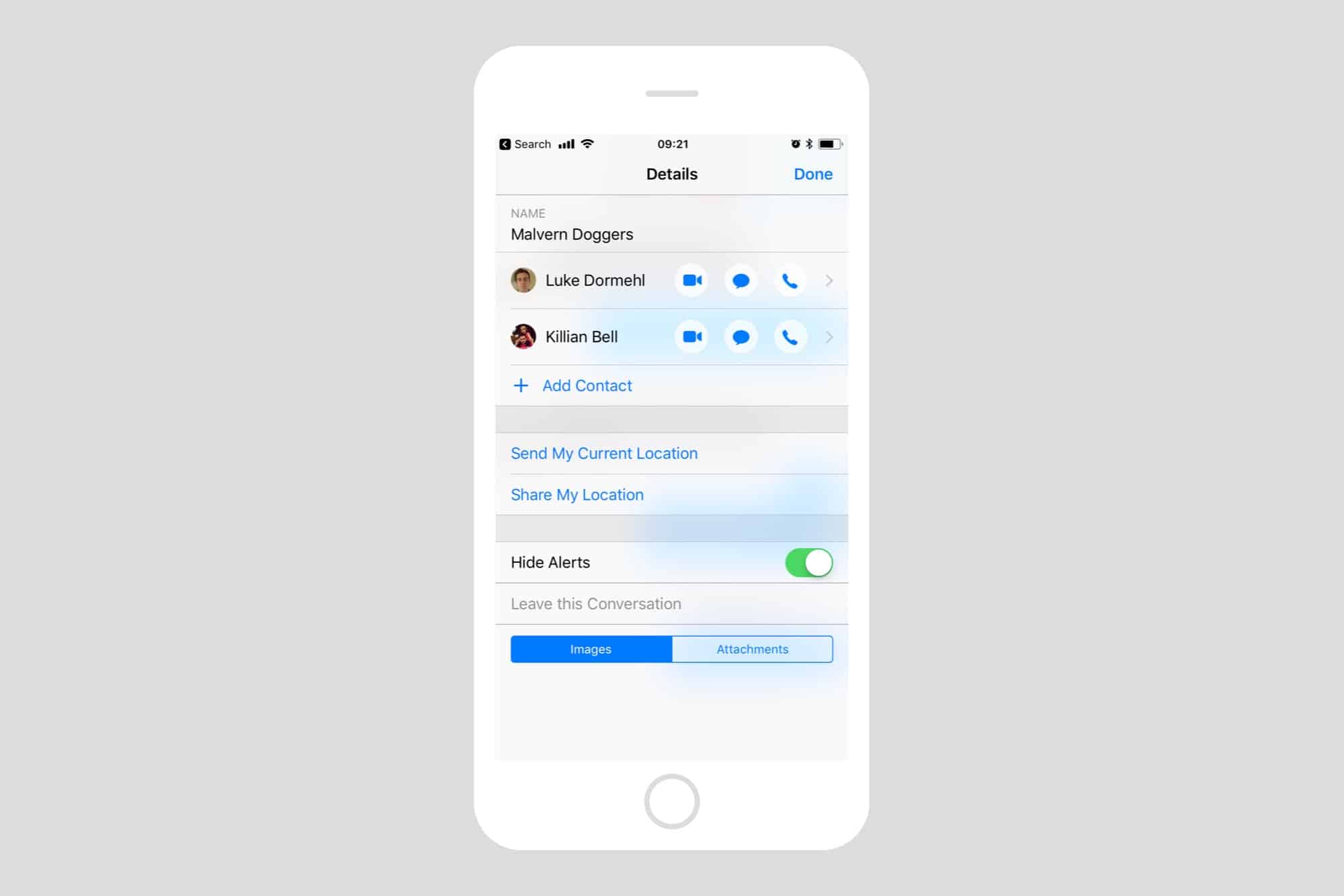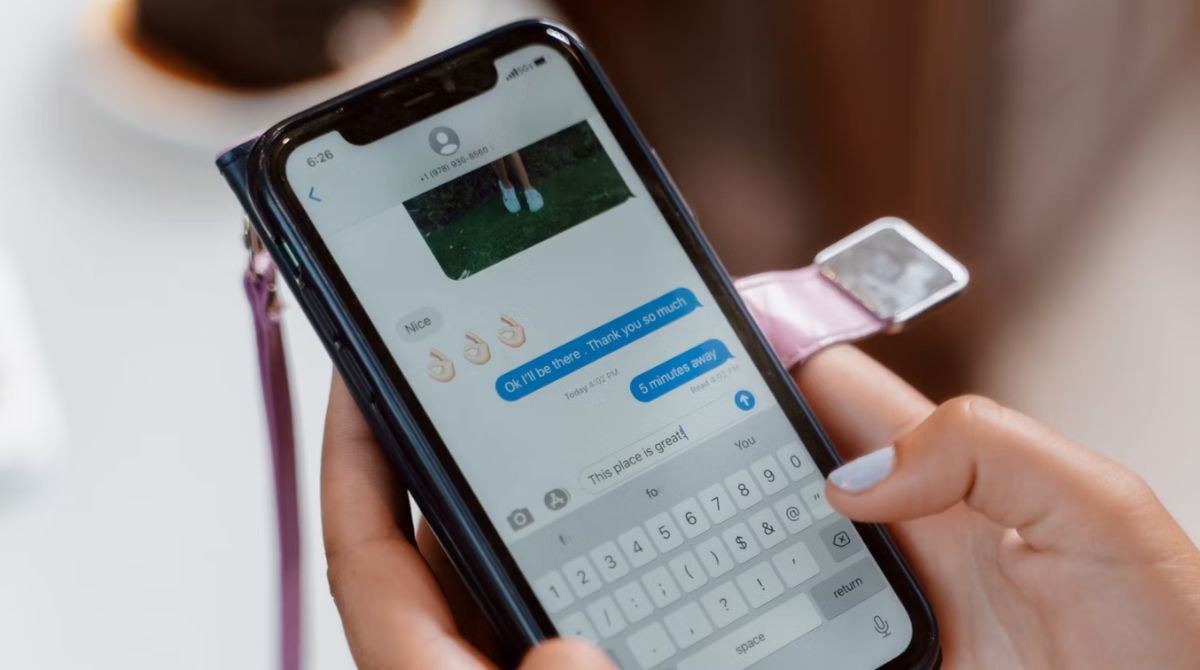Introduction
Welcome to the world of iMessage! As iPhone users, we often rely on this messaging platform to stay connected with friends, family, and colleagues. Whether it’s a quick text, a group chat, or a funny meme, iMessage makes communication a breeze. However, have you ever wondered about the various statuses that accompany your messages? One of the frequently asked questions is, “What does ‘delivered’ mean in iMessage?” In this article, we will explore the meaning behind this status and shed light on its significance.
But first, let’s take a closer look at iMessage itself. Developed by Apple, iMessage is an instant messaging service exclusive to Apple devices, including iPhones, iPads, and Macs. Unlike regular text messages, iMessage uses an internet connection to send and receive messages, allowing you to exchange text, photos, videos, and more, without incurring any additional charges. It also offers seamless integration with other Apple services, such as iCloud and FaceTime.
Now, let’s delve into the concept of iMessage statuses. When you send a message through iMessage, each message undergoes a series of statuses to provide you with information about its progress. These statuses can range from “sent” to “delivered” and even “read.” More specifically, the “delivered” status indicates that your message has been successfully received by the recipient’s device. Sounds simple, right? But let’s explore this further to gain a better understanding.
What is iMessage?
iMessage is an instant messaging platform developed by Apple that allows users to send text messages, photos, videos, documents, and more, to other Apple device users. It is available exclusively on Apple devices, such as iPhones, iPads, and Macs, and is seamlessly integrated with the Messages app.
Unlike traditional SMS (Short Message Service) or MMS (Multimedia Messaging Service), iMessage uses an internet connection to send and receive messages. This means that you can send messages to other iMessage users anywhere in the world without incurring additional charges, as long as you have an active internet connection. It utilizes your device’s Wi-Fi or cellular data to transmit the messages, providing a fast and convenient way to communicate with others.
One of the key advantages of iMessage is its ability to send not only text messages but also various forms of multimedia. You can easily share photos, videos, audio messages, and even your location with friends and family directly through the iMessage app. This makes it a versatile and all-inclusive platform for communication.
Moreover, iMessage offers a range of features that enhance the messaging experience. You can create group chats to easily communicate with multiple people at once, and you have the option to customize the chat settings, such as sending read receipts or enabling Do Not Disturb mode for specific conversations. iMessage also supports digital touch, which allows you to send hand-drawn sketches, taps, or even your heartbeat to someone.
In addition to its rich set of features, iMessage is designed with a strong emphasis on privacy. All messages sent through iMessage are encrypted end-to-end, meaning that only the sender and recipient can read the messages. This ensures that your conversations remain private and secure.
Overall, iMessage is a powerful messaging platform that offers a seamless and feature-rich experience for Apple device users. Whether you’re sending a simple text message or sharing a memorable photo, iMessage provides a convenient and efficient way to stay connected with others.
Understanding the iMessage status
When you send a message through iMessage, you may have noticed that it goes through several statuses before reaching its final destination. These statuses provide valuable information about the progress of your message and help you understand its current state. Let’s take a closer look at some of the common iMessage statuses:
- Sent: This status appears when you hit the send button. It indicates that the message has been successfully sent from your device and is in the process of being delivered to the recipient’s device.
- Delivered: The “delivered” status means that your message has been successfully received by the recipient’s device. This does not necessarily mean that the recipient has seen or read the message, but it confirms that it has reached their device and is ready for them to access.
- Read: Once the recipient opens the message and reads its contents, the status changes to “read.” This provides you with real-time confirmation that your message has been seen and acknowledged by the recipient.
- Not Delivered: If you see the “not delivered” status, it means that your message has not been successfully received by the recipient’s device. This can happen due to several reasons, such as the recipient being out of network coverage or having their device turned off. In such cases, the message will be sent again once the recipient’s device reconnects to the internet.
Understanding these statuses can help you gauge the progress and delivery of your messages. It gives you an indication of whether your message has been successfully transmitted, received, and read by the intended recipient. It’s important to note that the timing of these statuses can vary depending on factors such as internet connectivity and the recipient’s device settings.
Now that we have a grasp on the iMessage statuses, let’s explore in more detail what it means when a message is marked as “delivered.”
What does “Delivered” mean?
When a message in iMessage shows the status “delivered,” it means that the message has been successfully received by the recipient’s device. Essentially, it indicates that your message has reached its destination and is now waiting to be accessed by the recipient.
However, it’s important to understand that the “delivered” status does not necessarily mean that the recipient has read or seen the message. It simply signifies that the message has been received by their device and is ready to be viewed.
The “delivered” status provides reassurance that your message has successfully reached the intended recipient, which is especially useful in group chats or situations where it’s crucial to ensure the message has been received by all participants.
It’s worth noting that the timing of the “delivered” status can vary depending on several factors. In most cases, the status changes to “delivered” almost instantly after the message is sent. However, there may be instances where it takes a little longer, particularly if there are issues with the recipient’s network connection or device.
It’s also important to remember that the “delivered” status does not provide any information on whether the recipient has actually seen or read the message. For that, you would need to wait until the status changes to “read,” or look for other indicators such as a typing indicator or a response from the recipient.
In summary, the “delivered” status in iMessage signifies that your message has been successfully received by the recipient’s device. It assures you that your message has reached its intended destination and is awaiting the recipient’s attention. However, it does not indicate whether the recipient has actually seen or read the message, as this information is conveyed by the “read” status or other indicators within the conversation.
Factors that may affect the delivery status
While iMessage aims to provide seamless and efficient message delivery, there are certain factors that can impact the delivery status of your messages. Understanding these factors can help you troubleshoot any issues that may arise and ensure reliable communication. Let’s explore some of the common factors that may affect the delivery status:
- Internet Connectivity: Both the sender and recipient must have a stable internet connection for messages to be delivered in real-time. If either party experiences poor or no internet connectivity, it can delay or interrupt the delivery of messages.
- Device Compatibility: iMessage is exclusive to Apple devices. If you’re sending a message to someone using a non-Apple device, such as an Android smartphone, the message will not be delivered as an iMessage. Instead, it will be sent as a regular SMS or MMS, depending on the recipient’s device.
- Message Blocking: In some cases, the recipient may have enabled message blocking for specific contacts or unknown senders. This can prevent your messages from being delivered. Ensure that you’re not blocked by the recipient or ask them to check their message settings.
- Temporary Network disruptions: Temporary disruptions in network connectivity can occur due to various reasons, such as network congestion or infrastructure maintenance. During such disruptions, messages may not be delivered immediately and can experience delays.
- Recipient’s Device Settings: The recipient’s device settings, such as Airplane Mode or Do Not Disturb mode, can affect the delivery of messages. If the recipient has enabled such settings, it may prevent your messages from being delivered or from generating notifications.
- Software Updates: Keeping your device’s software up to date is essential for a smooth messaging experience. Outdated software versions can cause compatibility issues, leading to problems with message delivery. Ensure that both the sender’s and recipient’s devices are running the latest software updates.
By being aware of these factors, you can troubleshoot any potential issues with message delivery. If you encounter problems, consider checking your internet connection, verifying the recipient’s contact details, and ensuring that both devices have the latest software updates installed. Additionally, reaching out to the recipient to confirm their message settings can help identify any blocking or configuration issues.
Remember, while iMessage provides reliable and instant messaging capabilities, occasional hiccups may occur due to these factors. However, by understanding and addressing them, you can minimize the likelihood of experiencing any issues with message delivery.
How to troubleshoot issues with message delivery
Encountering issues with message delivery can be frustrating, but fortunately, there are several steps you can take to troubleshoot and resolve these problems. If you’re experiencing difficulties with message delivery in iMessage, consider the following troubleshooting tips:
- Check your internet connection: Ensure that you have a stable internet connection on your device. Try connecting to a different Wi-Fi network or enable cellular data to see if the issue persists.
- Verify recipient’s contact information: Double-check the recipient’s contact details and ensure that you have entered their phone number or email address correctly. Incorrect or outdated contact information can lead to message delivery failures.
- Restart your device: Sometimes, a simple device restart can resolve connectivity issues and refresh the messaging system. Try turning off your device, wait a few seconds, and then turn it back on.
- Update your device software: Keeping your device’s software up to date is crucial for optimal performance. Check for any available software updates and install them to ensure compatibility with the iMessage service.
- Disable and enable iMessage: Temporarily disabling and re-enabling iMessage can help refresh the connection and resolve any minor glitches. Go to your device’s settings, select Messages, and toggle off and on the iMessage option.
- Check message blocking settings: If you suspect that your messages are being blocked by the recipient, reach out to them and ask if they have enabled any message filtering or blocking settings. Make sure you are not listed in their blocked contacts.
- Try a different messaging platform: If the issue persists, consider using an alternative messaging platform, such as SMS or a third-party messaging app, to communicate with the recipient. This can help determine whether the issue is specific to iMessage or more general.
- Contact Apple Support: If you have exhausted all troubleshooting options and are still experiencing problems with message delivery, it may be helpful to reach out to Apple Support for further assistance. They can provide more specific guidance tailored to your device and situation.
These troubleshooting steps should help you address most common issues with message delivery in iMessage. Remember to be patient and thorough when following these steps, as it may take a combination of several actions to resolve the problem. By taking the appropriate measures and seeking assistance when needed, you can ensure reliable and seamless communication through iMessage.
Conclusion
iMessage is a powerful and convenient messaging platform exclusive to Apple devices. Understanding the various statuses associated with iMessage can provide valuable insights into the progress and delivery of your messages. The “delivered” status signifies that your message has successfully reached the recipient’s device, although it doesn’t guarantee that they have read it.
Factors such as internet connectivity, device compatibility, message blocking, temporary network disruptions, recipient’s device settings, and software updates can affect the delivery status of your messages. By being aware of these factors, you can troubleshoot any issues that arise and ensure reliable communication through iMessage.
If you encounter problems with message delivery, consider checking your internet connection, verifying the recipient’s contact information, restarting your device, updating the software, and reviewing message blocking settings. In some cases, using an alternative messaging platform or seeking assistance from Apple Support may be necessary to resolve the issue.
Ultimately, iMessage offers a seamless and feature-rich messaging experience, keeping you connected with friends, family, and colleagues. The “delivered” status in iMessage is just one step in the journey of your message, indicating that it has successfully reached its destination. Stay connected, stay informed, and enjoy the benefits of iMessage for all your communication needs.







